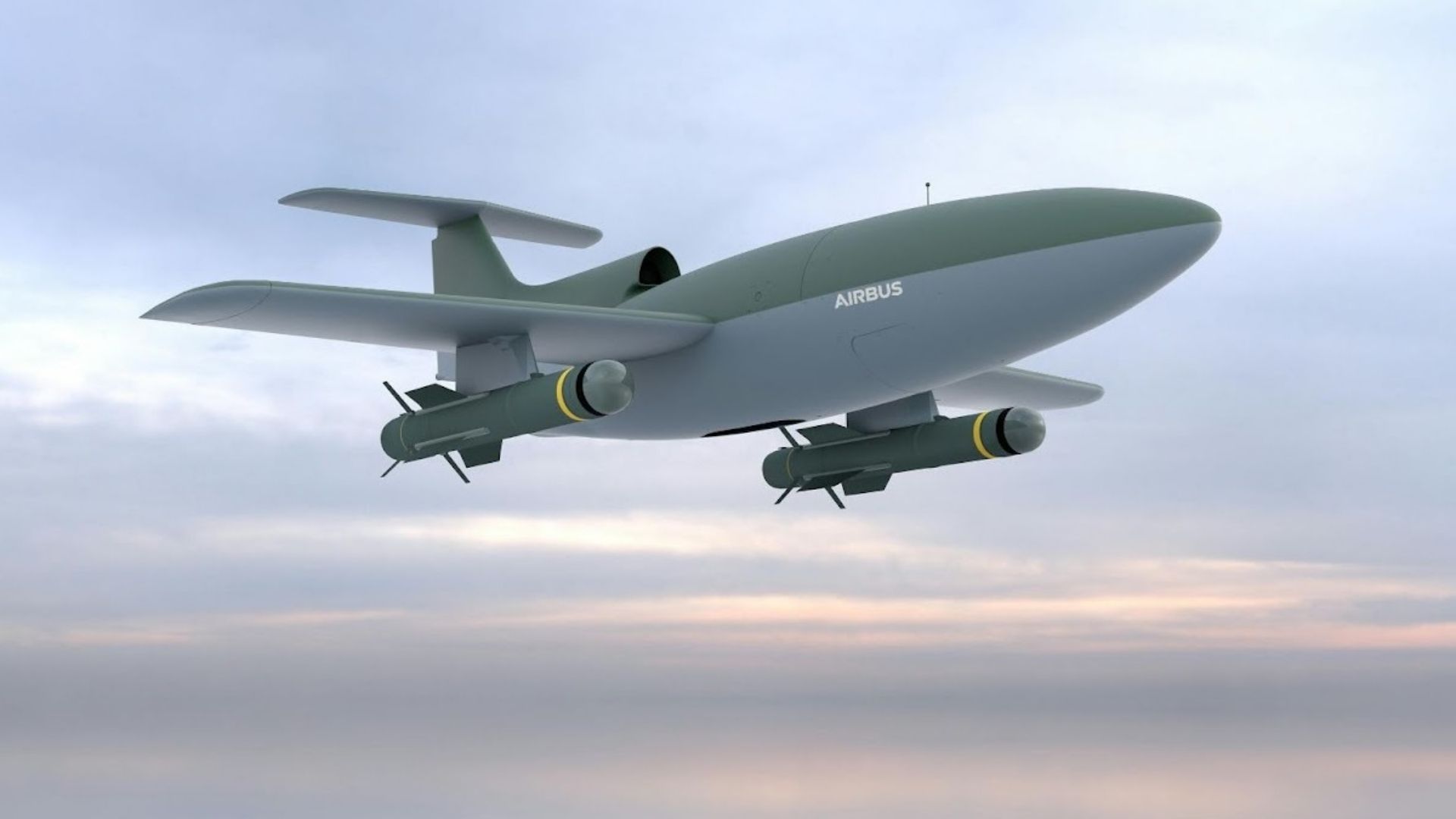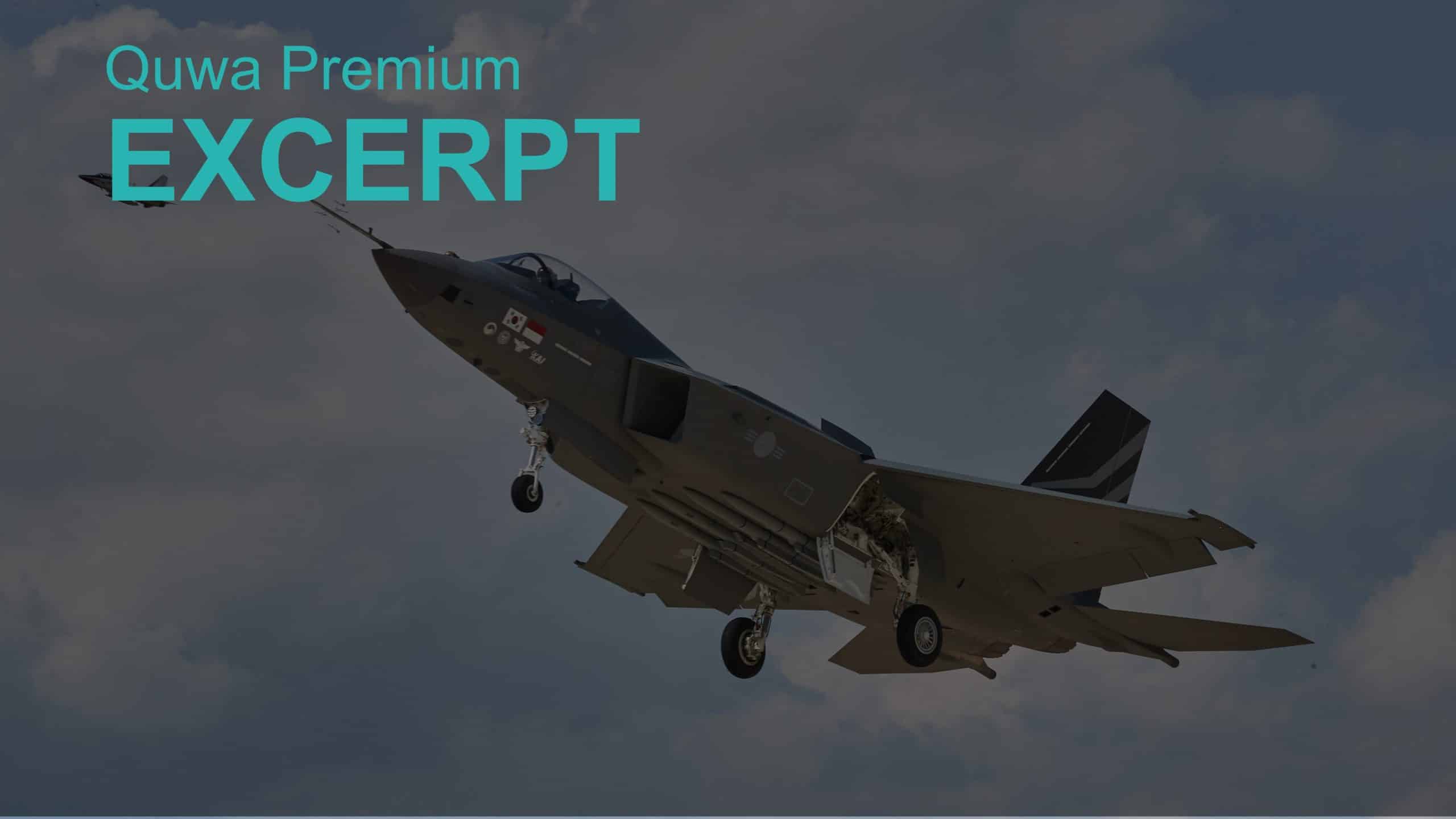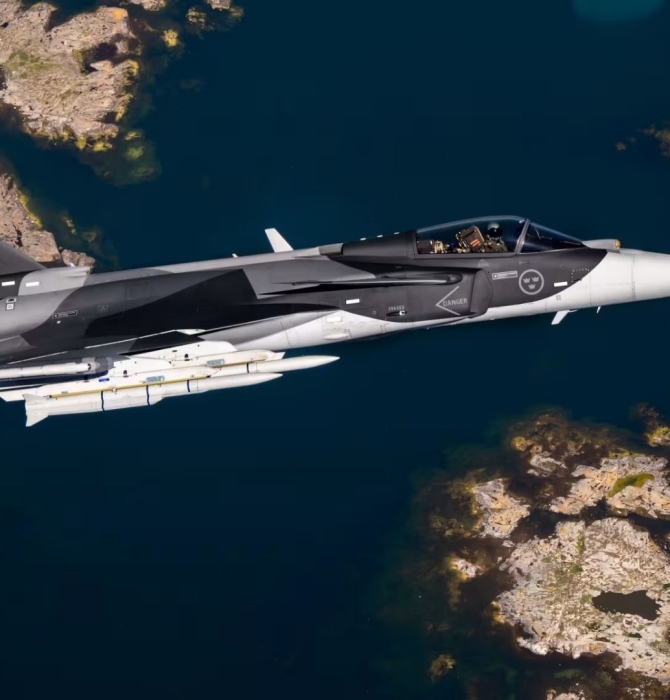1231Views

Airbus Reveals LOAD Counter-Drone UAV
On March 26th, Airbus unveiled its Low-Cost Air Defence (LOAD) unmanned aerial vehicle (UAV) at the Unmanned Systems X trade show in Bonn, Germany.
Airbus is positioning the LOAD as a counter-drone UAV. It will have the capacity to carry three guided missiles, an endurance of approximately 60 minutes, range of 100 km and a top speed of 300 knots or 556 kph.
Directly based on the Airbus Do-DT25 high-speed target drone, the LOAD may have a maximum take-off weight (MTOW) of 144 kg, a length of 3.1 m in length, and a wingspan of 2.5 m.
According to Airbus, the LOAD will be supported by a ground control station that “coordinates the drones on the basis of radar data or air situation images and can therefore autonomously search for, detect and – following the approval of their engagement – combat enemy kamikaze drones.”
Airbus has been carrying out work on autonomous drone operations for several years. In March 2023, it demonstrated the Do-DT25 with autonomous guidance capabilities, with several DT25s being managed from an A310 multirole tanker-transport (MRTT) aircraft.
Airbus designed the LOAD to address a growing challenge for modern air defence environments: the high-cost of neutralizing airborne threats that use low-cost technologies – such as loitering munitions, swarming drones, etc – with expensive measures surface-to-air missiles (SAM).
By using an inherently attritable system like a target drone and pairing it with simpler, lower-cost munitions, the goal is to provide a solution economically intercepting loitering munitions and swarming drones.
However, it should be noted that Airbus is positioning the LOAD as a complementary piece of a more comprehensive air defence set up. It is intended to complement SAM systems like the IRIS-T by providing an additional counter-drone option.
Airbus also stated that the LOAD will be capable of interoperating with other drone platforms, like the forthcoming Eurodrone. In addition, the LOAD will be reusable in that it can return to base using a parachute after completing a mission. Finally, it will be free of U.S. technology, making it an ITAR-free solution accessible to most markets.
Notes and Comments
Derived from the Do-DT25, the LOAD showcases the extensible potential of target drone technology. While originally developed to simulate aircraft, munitions, or other objects for training purposes, vendors are increasingly repurposing target drones into a range of other applications, like counter-unmanned aerial systems (C-UAS), loitering munitions, and decoys.
The LOAD may represent a more sophisticated evolution of target drone technology, but it is still a direct development. Basically, the LOAD largely repurposes the same core platform, but adds to it with autonomous targeting capabilities. It is similar to the approach Turkish Aerospace Industries (TAI) is taking with its Super Şimşek, albeit for decoy, reconnaissance, and electronic attack (EA) roles.
One can potentially see an outgrowth of more target drone-based solutions from other vendors. Development does not appear to be costly nor resource-heavy, and the end products could be relatively competitive from a pricing standpoint.
This apparent shift also creates opportunities for collaboration and partnerships between target drone suppliers and original equipment manufacturers (OEM) with a strong capacity for enabling autonomous operations as well as developing subsystems or munitions for UAVs.
For example, Pakistan has a wide range of target drone systems that can be developed further into solutions similar to the LOAD. Already, some vendors, like Integrated Dynamics, are repurposing their target drones (e.g., Nishan Mk2) into loitering munitions.
The next shift is Airbus’ commitment to developing the LOAD into an ITAR-free solution. This may signify a broader strategy on the part of European vendors to lessen dependence on American inputs, both for the security interests of their countries and to improve marketability in key regions, like South Asia, the Middle East, and Africa.
In fact, the European Union’s (EU) proposal to invest €800 billion in its defence could fuel early indigenization investment in its industries. The Europeans could leverage exports as a way to recoup costs early and to buffer against the risk of European governments not prioritizing their defence spending, at least in the short-term.


